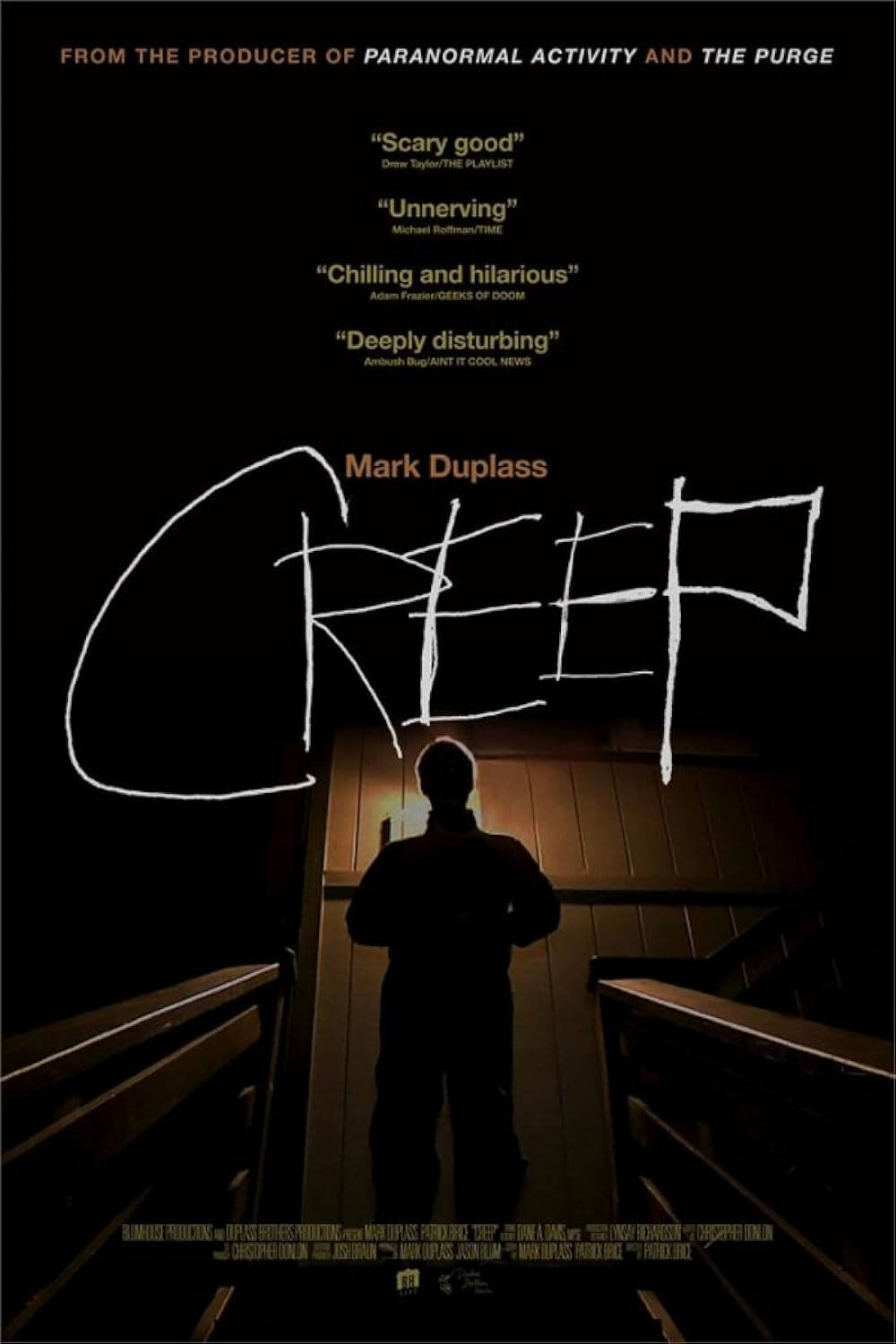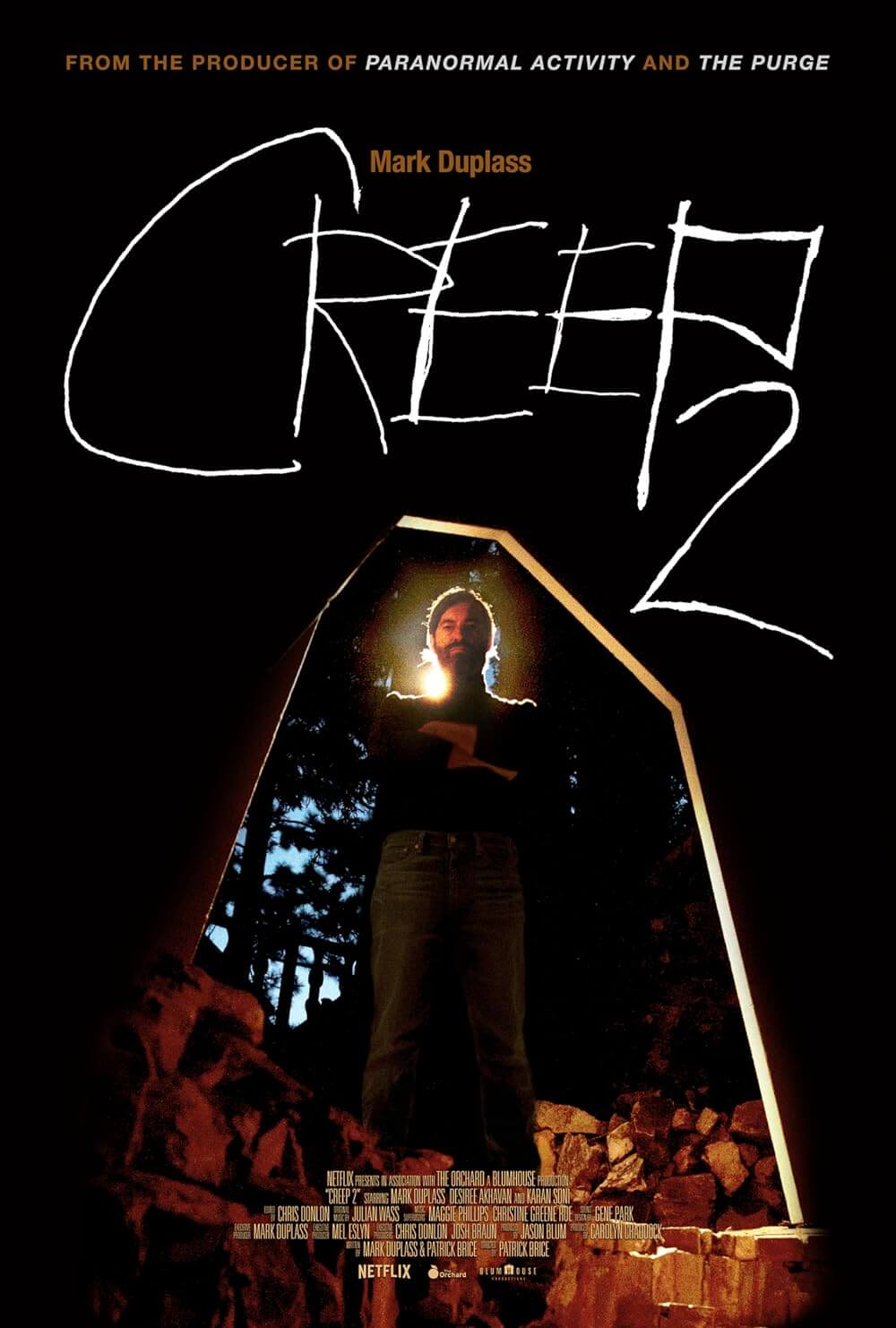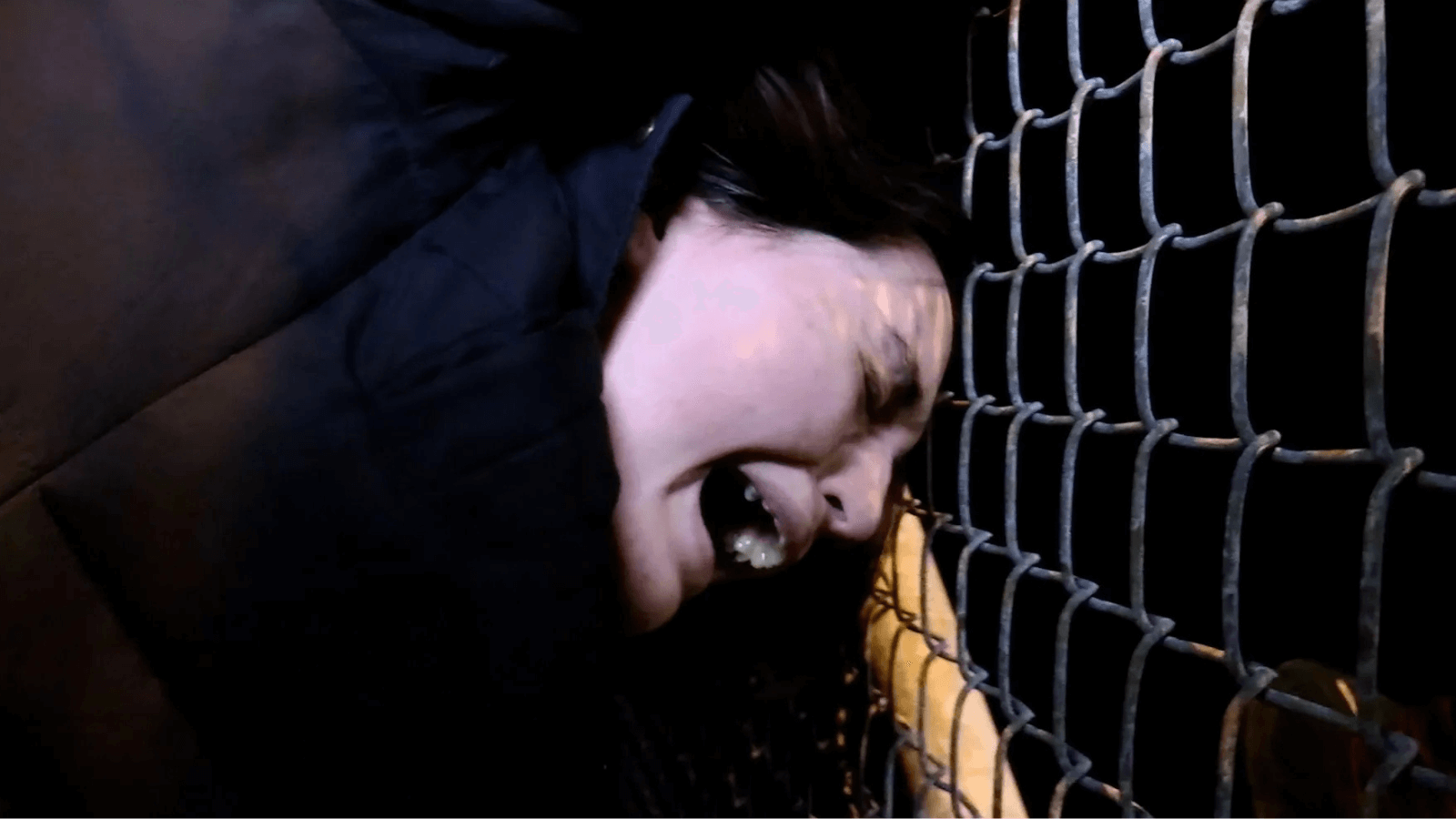
It Doesn’t Get Any Better Than This
By Brian Eggert |
It Doesn’t Get Any Better Than This hopes to create a phenomenon. Before its limited theatrical engagement at Alamo Drafthouse on Friday, January 10, 2025, this new found-footage movie opened with a message from its co-creator, Nick Toti. His voice coming from a black screen, the filmmaker encouraged us to close our eyes and breathe deeply. Using language and a tone reminiscent of a hypnotist, Toti reflected on the relationship between the viewer and the movie, suggesting the boundaries between the two were thin—just as thin as the line between the natural and supernatural. The gimmick is just one of many concocted by married co-directors Toti and Rachel Kempf, who have modeled their movie and word-of-mouth distribution plan on The Blair Witch Project (1999), right down to bogus claims that what we’re seeing is real. “This is going to be a messy story, and you probably won’t believe it,” admits Toti. “But it’s messy because it’s true, and the truth is always messy.”
However valid those sentiments, the resulting movie isn’t quite the must-see sensation that The Blair Witch Project was. That landmark found-footage movie was a unique experience because it debuted during the internet’s infancy, when people were more apt to be duped by clever marketing and an official website claiming the events depicted in the film were real. No matter how cynical or skeptical you were while watching the movie in 1999 (I was both), you wondered someplace in the back of your mind, Is this real? Well, it was not. And there’s nothing so convincing about Kempf and Toti’s production, another in a long line of underwhelming The Blair Witch Project wannabes. If there’s anything novel about the movie, it’s how the filmmakers have resolved to distribute it.
Kempf and Toti have claimed they will never release It Doesn’t Get Any Better Than This on physical media or streaming, maintaining hope that viewers will experience their movie in the theater, undistracted. They want to engineer a cult hit for their company DieDieVideo, something that arthouse theaters will play at Midnight Madness screenings for the next decade, giving the production a long-tail theatrical life similar to ongoing late-night showings of The Room (2003) or The Rocky Horror Picture Show (1975). It’s a sound strategy that will probably serve them well financially, as cult audiences love exclusivity. FOMO kicks in when a one-night-only screening pops up in their area, and moviegoers race to the theater to have this rare experience. As for people in small towns or rural areas who want to see the movie, there’s either a long drive or a screening request form for their local cinema to submit on the film’s website.
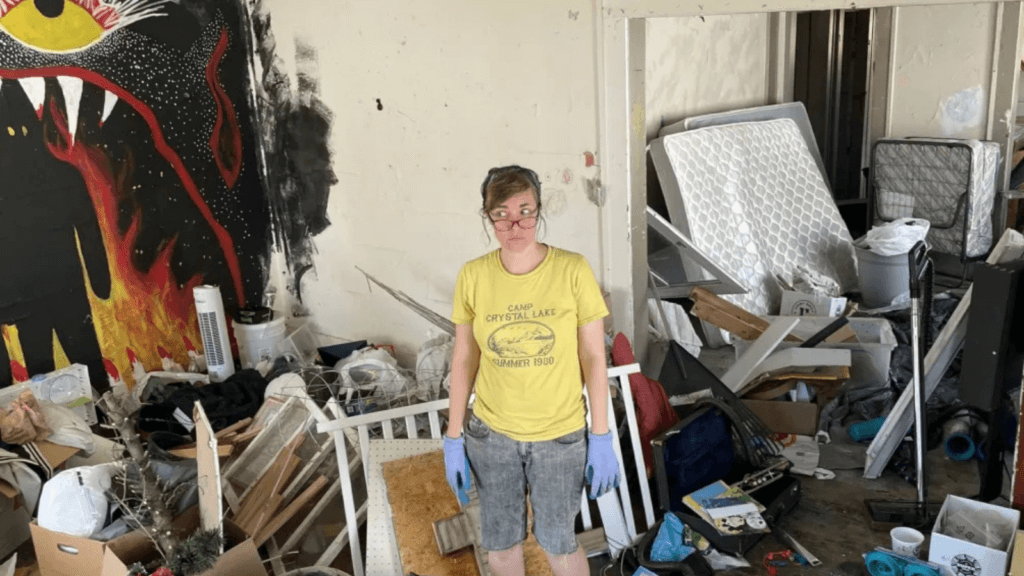
Composed of staged and documentary-style footage captured in 2022, mostly the former, the movie follows Toti and Kempf, playing sometimes real, sometimes fictionalized versions of themselves. Toti’s voiceover frames what follows as a personalized document tied up in their mutual horror enthusiasm and the real-life relationship between the horror-obsessed Kempf and her longtime best friend, Christian. Early on, the couple purchases a rundown duplex, supposedly haunted, in a small Missouri town, planning to use the dilapidated stage for their DIY horror videos. Almost immediately, they find weird graffiti and leftover signs of some Satanic rituals in the duplex. Later, they notice a strange collection of hooded strangers staring at their house at night. No one seems that scared about these disturbing details, though. Instead, the friends laugh incessantly about everything that should unnerve them, and they court disaster with a “Scary New Year” party in the duplex. But rather than seeing the terror through their eyes, the characters’ performative, defense-mechanism laughter neutralizes the scary situation, leaving us to grapple with obnoxious and frustratingly impractical behavior.
What’s ironic about It Doesn’t Get Any Better Than This is that the presentation doesn’t lend itself to a big-screen experience. The opening credits call it “A Video by” Toti and Kempf. Shot on a cheap-looking, out-of-date digital camera, along with a few shots captured in portrait view on a smartphone, the movie has a small-screen appeal. It might have worked better to come across the video at home—late at night when you’re alone and more susceptible to this sort of thing, perhaps even on a laptop or tablet (I write this despite my allergy to watching movies on small devices). Maybe even as a helping of creepypasta, reminiscent of Jane Schoenbrun’s We’re All Going to the World’s Fair (2021). On a theatrical screen, the production’s chaotic camera movements and aural pangs are grating rather than effective. When certain aspects of the movie don’t work, it becomes all the more apparent in a theatrical setting.
Take, for instance, a long, dialogue-free shot of Rachel and Christian in a seance, attempting to contact whatever spirits or demons were once called upon to their duplex. Sitting in profile before a candle they found in a dusty, unfinished attic, the characters hold hands and close their eyes. The viewer must wait for what feels like several minutes of silence until the inevitable spooky moment occurs, dreading every second of silence in the meantime. While the sequence should be an immersive, chilling, and disquieting communal experience, my screening at Alamo Drafthouse exposed how ineffective the movie had been to that point. Instead of silence, apprehension, or even uncomfortable laughter, I heard a disengaged audience absent-mindedly munching on popcorn, sipping their drinks, coughing, and sighing in boredom. It wasn’t working for me, and it wasn’t working for them either.
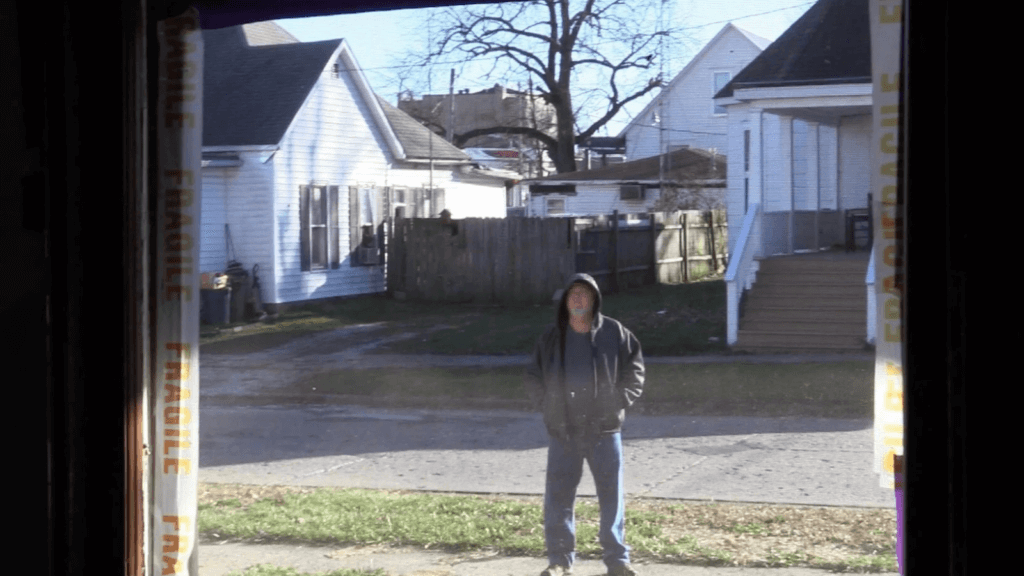
The most disturbing moment comes when Nick and Rachel decide to follow one of the entranced hooded figures looking at their house in the middle of the night. Both recording, they trail behind a young woman until she snaps out of her trance, at which point, confused, she finds Nick and Rachel following her and begins to panic. Their aggressive action crosses a line. But since most of the actors playing the hooded drones outside of the duplex look like Nick and Rachel’s friends—they all look about the same age and like they came from the same party—it’s never entirely believable. Even standing still and looking on in a daze, the extras’ work as unprofessional actors is apparent. The same is true of Nick, Rachel, and Christian, whose forced acting often gives away which moments are real and which are performed.
Kempf and Toti create some memorable imagery, such as a “hellmouth” painting that appears in the duplex’s living room or the extended sequence of Nick vomiting into the toilet (a memorable sight, if unpleasant). Enrapt in its sense of profundity—“I love what we’re doing […] I love this movie,” cries Nick at one point—It Doesn’t Get Any Better Than This is neither scary nor particularly insightful, despite Toti’s voiceover that’s meant to articulate the movie’s themes. If all of its extratextual factors lend some interest, the movie doesn’t achieve the basic requirements of a horror movie or thoughtful doc about a friendship. Its technical presentation, overstated ideas about reality vs. fiction, and gimmicky distribution cannot distract from the movie’s inability to create endearing characters or genuinely scary situations.
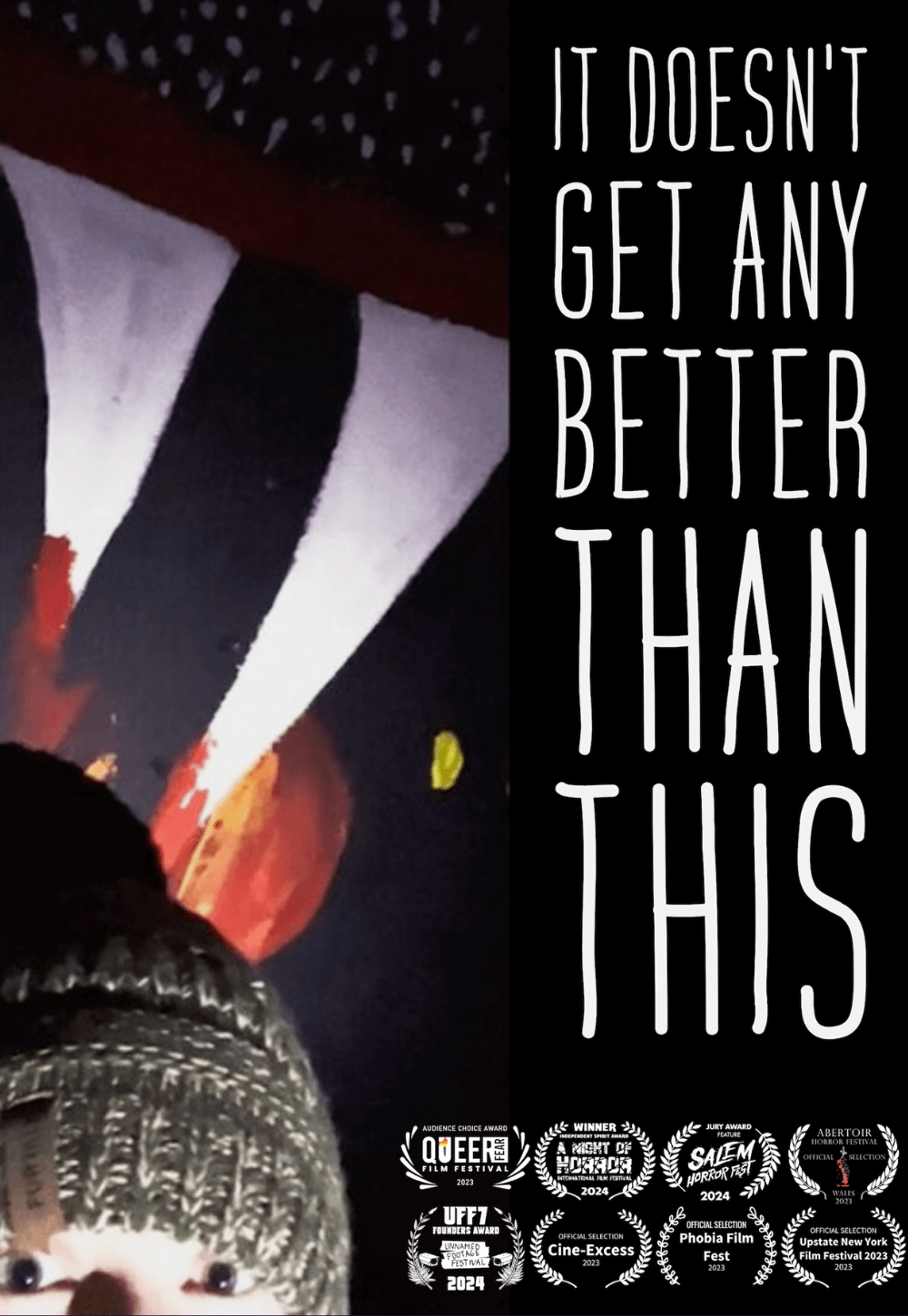
Thank You for Supporting Independent Film Criticism
Thank you for visiting Deep Focus Review. If the work on DFR has added something meaningful to your movie watching—whether it’s context, insight, or an introduction to a new movie—please consider supporting it. Your contribution helps keep this site running independently.
There are many ways to help: a one-time donation, joining DFR’s Patreon for access to exclusive writing, or showing your support in other ways. However you choose to support the site, please know that it’s appreciated.
Thank you for reading, and for making this work possible.
Brian Eggert | Critic, Founder
Deep Focus Review


